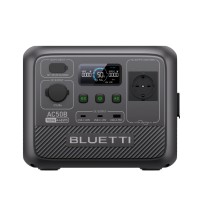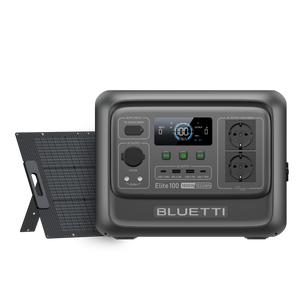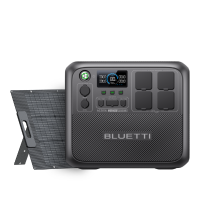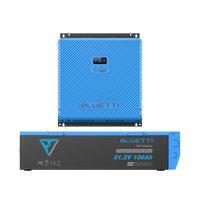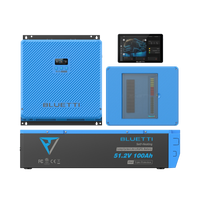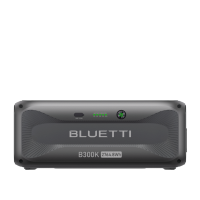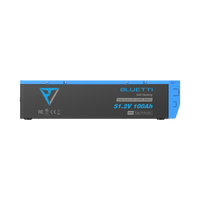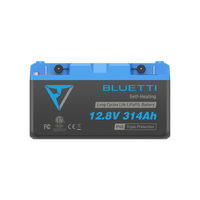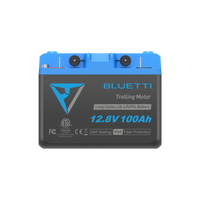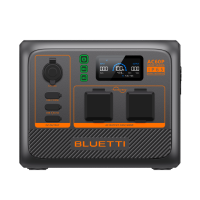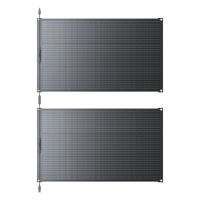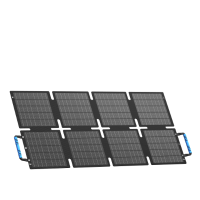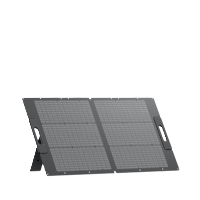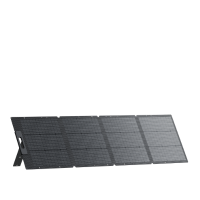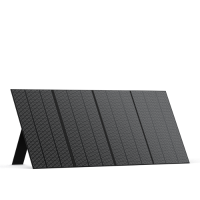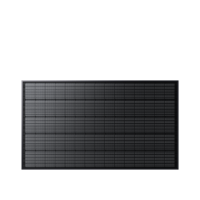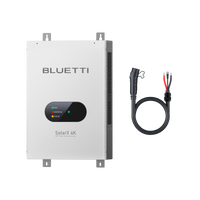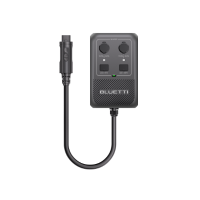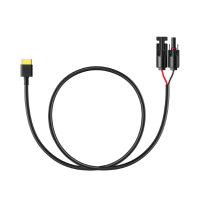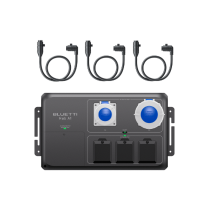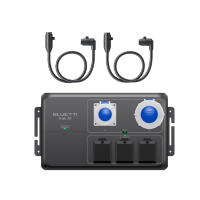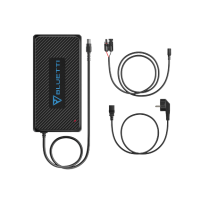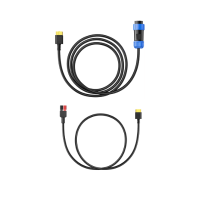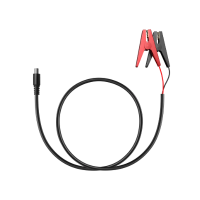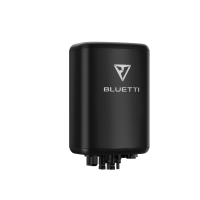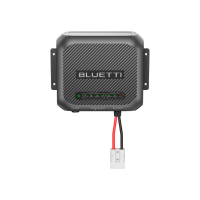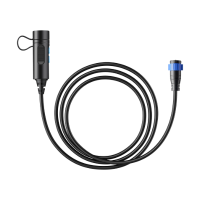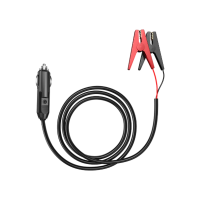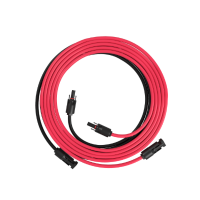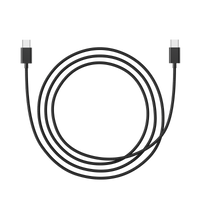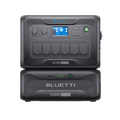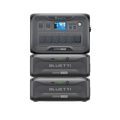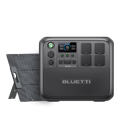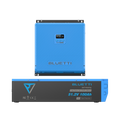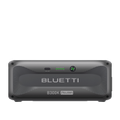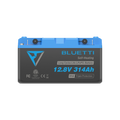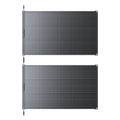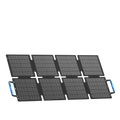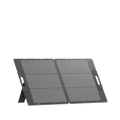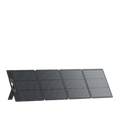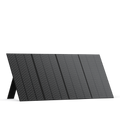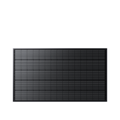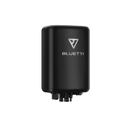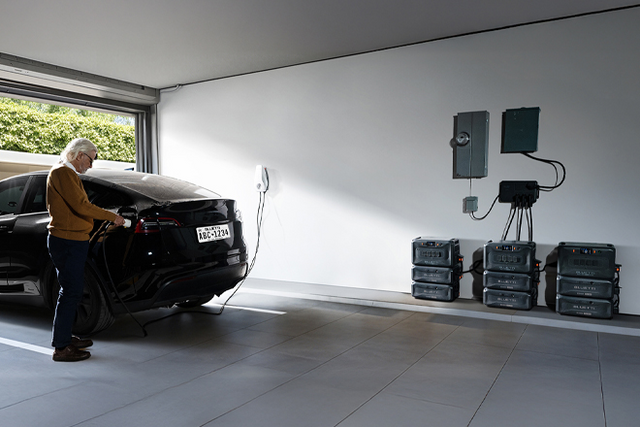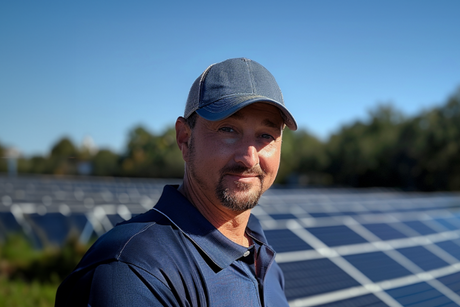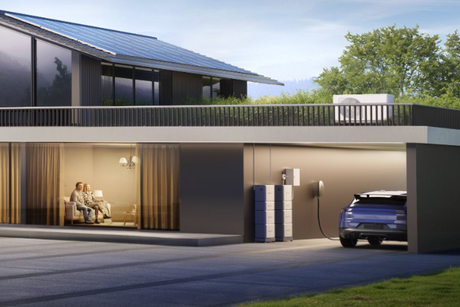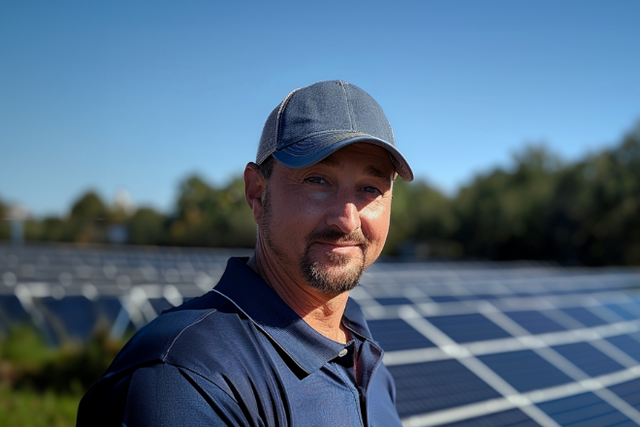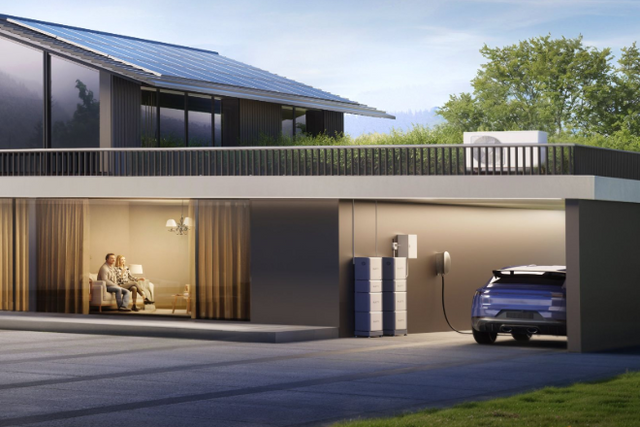The history of solar energy goes way back. Nevertheless, the Sun is about 4,6 billion years old!
Without the Sun, planet Earth would be a ball of ice with no possibility of life.
Solar energy has featured in Earth’s history long before photovoltaic panels were invented.
Humans have harnessed it in different ways throughout history, and so have animals and plants—for example, through photosynthesis.
This post aims to discuss the history of solar energy—specifically the photovoltaic effect—and how it led to the mass production of photovoltaic panels.
WHAT IS THE SUN?

History of solar power.
The Sun has a radius of about 696.340km and a mass of approximately 1,989×1030kg—around 333.000 times Earth’s mass.
It is tremendous!
Its surface temperature is about 5,78×103K. It reaches this temperature through nuclear fusion reactions in its core.
These reactions radiate energy—mainly visible light, ultraviolet light and infrared radiation.
About three‑quarters of the Sun’s mass is hydrogen (~73%). Most of the rest is helium (~25%), with much smaller quantities of heavier elements such as oxygen, carbon, neon and iron.
The Sun’s core fuses roughly ≈600 million tonnes/s of hydrogen into helium. This means about 4 million tonnes/s of mass is converted into energy.
The energy released can take between 10.000–170.000 years to escape from the Sun’s interior. This is the source of the sunlight and warmth we feel today.
When hydrogen in the Sun’s core is no longer sufficient to maintain hydrostatic equilibrium, the core will increase in density and temperature while the outer layers expand—the Sun will become a red giant.
Models indicate the Sun will grow large enough to engulf the present orbits of Mercury and Venus. By the time this happens, Earth will be uninhabitable.
No need to worry yet—this is expected in about 5,0 billion years.
After that, the Sun will shed its outer layers and become a dense, cooling star known as a white dwarf. It will no longer generate energy via fusion but will continue to glow and radiate heat from residual thermal energy.
HISTORY OF SOLAR ENERGY
Now that we understand what the Sun is and how it produces energy, we can better recognise how humans learned to harness this power.

History of solar energy.
PHOTOVOLTAIC EFFECT (1839)
In 1839, the photovoltaic (PV) effect was discovered by 19‑year‑old French physicist Alexandre‑Edmond Becquerel.
Experimenting with metal electrodes in an electrolyte, he observed that conductivity increased with illumination.
This laid the foundations of the PV effect, though practical implementation came much later.
SOLAR‑POWERED STEAM ENGINES (1860s)
In the 1860s, French mathematician Augustin Mouchot proposed steam engines powered by solar energy.
In the following decades, he and his assistant Abel Pifre built early solar steam engines—the predecessors of modern parabolic‑dish collectors.
SOLID MATERIALS CONVERT LIGHT TO ELECTRICITY (1876)
In 1876, William Grylls Adams and Richard Evans Day showed that selenium produced electricity when exposed to light.
Selenium cells were not efficient enough to power devices, but they proved a solid could convert light directly into electricity with no heat or moving parts.
EINSTEIN ON THE PHOTOELECTRIC EFFECT (1905)
Albert Einstein published his paper explaining the photoelectric effect (alongside his work on relativity), spurring decades of research.
EXPERIMENTAL PROOF (1916)
Robert Millikan provided decisive experimental confirmation of the photoelectric effect.
SINGLE‑CRYSTAL SILICON (1916)
Polish scientist Jan Czochralski devised the method to grow single‑crystal silicon—fundamental for modern electronics and PV.
PASSIVE SOLAR BUILDINGS (1947)
Post‑WWII fuel constraints boosted interest in solar design in the USA. Libbey‑Owens‑Ford published Your Solar House, profiling 49 of the nation’s leading solar architects.
PHOTOVOLTAIC TECHNOLOGY IS BORN (1954)
At Bell Labs, Daryl Chapin, Calvin Fuller and Gerald Pearson built the first practical silicon PV cell.
Early cells were about ≈6% efficient; later that year they reached ≈11%, enough to power small devices.
PV FOR ORBITING SATELLITES (1956)
William Cherry (U.S. Signal Corps) proposed PV for Earth‑orbiting satellites to researchers at RCA Labs.
N‑ON‑P SILICON CELLS (1958)
T. Mandelkorn (U.S. Signal Corps) developed n‑on‑p silicon cells—more resistant to radiation, vital for space.
VANGUARD 1 (1958)
Vanguard 1 used a tiny (<1W) PV array to power its radios. Later that year, Explorer 3, Vanguard 2 and Sputnik‑3 also flew with PV systems.
Despite early commercial setbacks, PV became the accepted power source for spacecraft—and remains so today.
PV COST FALLS (1970s)
Elliot Berman, supported by Exxon, cut PV module cost from about 100$/W to around 20$/W, enabling navigation beacons, offshore platforms, lighthouses and remote homes to use PV where grid power was uneconomic.
SOLAR ONE (1973)
The University of Delaware built Solar One, among the first PV‑powered homes—a PV/thermal hybrid.
Roof‑integrated arrays exported surplus power through a special meter in daytime and imported power at night. The arrays also acted as flat‑plate thermal collectors, with fans moving warm air over the array into phase‑change heat‑storage bins.
SOLAR ENERGY RESEARCH INSTITUTE (1977)
The U.S. Department of Energy founded the Solar Energy Research Institute—later the National Renewable Energy Laboratory (NREL).
VOLKSWAGEN TESTS PV (1982)
Volkswagen tested PV modules on station‑wagon roofs, providing ~160W for vehicle systems.
WORLD’S LARGEST SOLAR‑THERMAL PLANT (1986)
At Kramer Junction, California, parabolic‑trough fields concentrated sunlight onto pipes carrying heat‑transfer fluid to produce steam for turbines—then the world’s largest solar‑thermal facility.
30% CELL EFFICIENCY (1994)
NREL demonstrated a GaInP/GaAs multijunction cell surpassing 30% conversion efficiency.
SOLAR TWO (1996–1999)
The U.S. Department of Energy upgraded Solar One to Solar Two, showing cost‑effective thermal storage so electricity could be generated even without direct sun—renewing interest in power‑tower technology.
32,3% TRIPLE‑JUNCTION CELL (1999)
Spectrolab, in collaboration with NREL, achieved 32,3% efficiency using a triple‑junction PV cell (under concentrated sunlight), with optics to focus light and trackers to keep pointing at the Sun.
PV CANOPIES AT FILLING STATIONS (2002)
BP and BP Solar opened a station in Indianapolis featuring a solar‑electric canopy using translucent thin‑film silicon on glass.
SOLAR TODAY (2021)
China remains the largest PV market and manufacturing hub. The USA continues to expand PV with federal and state support. India experienced Covid‑related delays in 2020 but rebounded in 2021. Global PV electricity generation approached ≈1.000TWh and kept growing rapidly.
FINAL THOUGHTS
Since the early 2000s, modern solar technology has become a global phenomenon.
Households worldwide are switching to renewables by installing the latest PV technology.
The United States recently surpassed one million solar installations—and the pace is accelerating.
Everywhere, new financing options are appearing, panels are becoming more affordable, and quality improves year by year.
We hope you enjoyed this brief history of solar energy. If you’d like to make the switch yourself, get in touch with us.
Get Your BLUETTI Power Generator Now (AC200MAX + 3×SP200)
Shop products from this article
You May Also Like

Black Friday Deals 2025: Save Big on Solar & Storage Systems

Thuisbatterij Buiten Plaatsen: Veiligheid, Weerbestendigheid & Beste Praktijken






